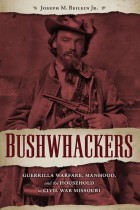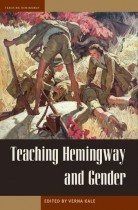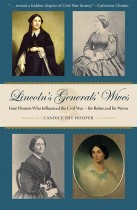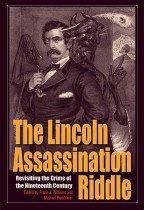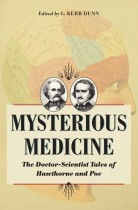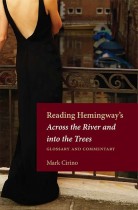hover over her
Leah Poole Osowski | Filed under: Explore Women's History, Poetry, Wick First Book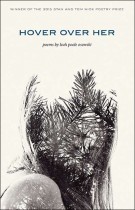
“In Leah Osowski’s exquisite debut, hover over her, the poet immerses us in geographies of unrealized adolescence, where young women are singular amidst their cacophonous backdrops, whether beside a lake, inside a Dali painting, or stretched out in a flower garden. These spaces are turned inside out for us through Osowski’s linguistic curiosity and unforgettable imagistic palate. Negative possibilities hang around every corner as well, showing us the ways in which we are also complicit in the constructions and obstructions of gender. As the speaker in ‘she as pronoun’ says, ‘she’s I and she’s you every / time you hid beneath your own arms.’ But through the evolution and renaissance of Osowski’s speaker, we find affirmation in these shared connections, transparency in the landscapes of growth and escape, and the freedom that comes from the task of unflinchingly examining our whereabouts inside of them.”
—Adrian Matejka, author of The Big Smoke


